The next stop took us to Mae Hong Son. So far, everywhere we have gone in Thailand we have liked. Mae Hong Son is same same but different! It is a very quiet town close the border of Myanmar. We encountered only very few tourists here. Those who link Thailand to mainstream mass tourism will have to change their view when coming to Mae Hong Son. It is always nice to be in places where visitors are appreciated and welcomed but not the main source of income for the people. In fact here the tourism sector felt really tiny.
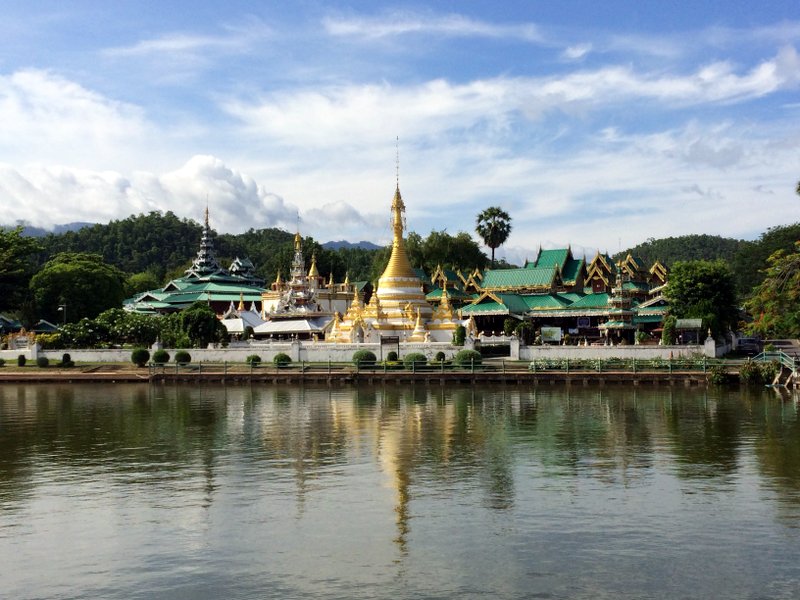
We rented a scooter and drove to all the different sights just outside of town.
Unfortunately the ignition of our scooter was not working and we had to kickstart it everytime we stopped. Not having much practice, it sometimes took us a while to get the engine running. Not sure what made us more embarrassed; the tall western guy helping us to kickstart our bike or a young schoolgirl named Shampo. Both started the engine on the first try.
One highlight of our scooter tour was a tiny village, one hour from Mae Hong Son, very close to the border of Myanmar. The village is home to the Karen people. Being a minority in Burma they fled from persecution and are living in Thailand as refugees. Close to the viIlage we visited was a huge refugee camp, home to 10.000 Karen refugees. That is not the only camp in the region. Later we learned that the situation with these camps is tricky. The camps are a steady source of income for the local Thai working there. Our source had the opinion that the local government wants to keep these refugee camps for the sake of income and publicity, making it harder for the camp inhabitants to become citizens or gain more rights in Thailand. As I said, this information is just what we were told (and might be not accurate).
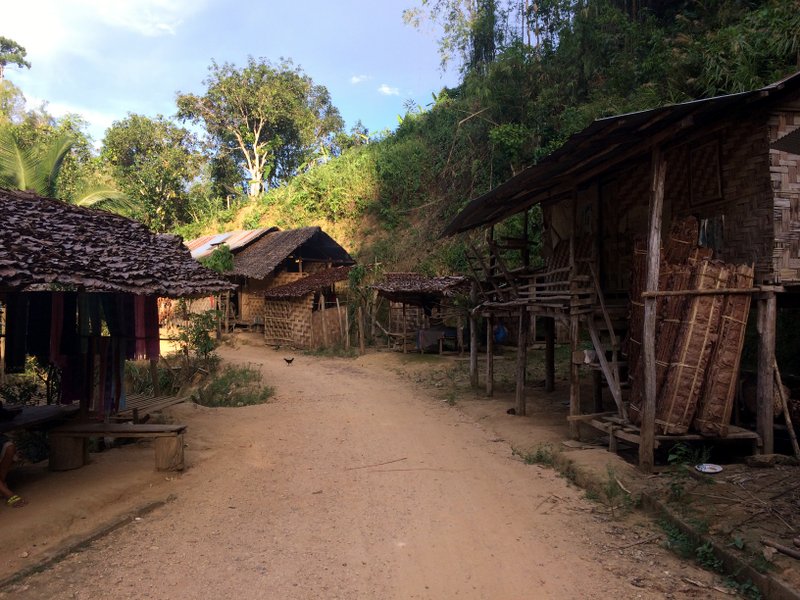
Back to our village: Some Karen (the Padung) kept the tradition of putting rings around their neck. This pushes their chest down and it looks as if their necks are very long. They are very long indeed. The rings remain on for years. This custom comes in handy as it attracts tourists giving the Karen a source of income as they are usually not allowed to move or to work as long as being refugees. Britt was a bit sceptical and thought that maybe some refugees have kept or taken on this custom purely to attract tourists. When we were in the village we were the only visitors and were not sure how to behave. For us it was a strange feeling to look at this exotic custom and to ask if photographs are welcome. After all these are people and the village is not a zoo. The woman we met had no issue about our curiosity concerning her appearance and seemed proud of her heritage.
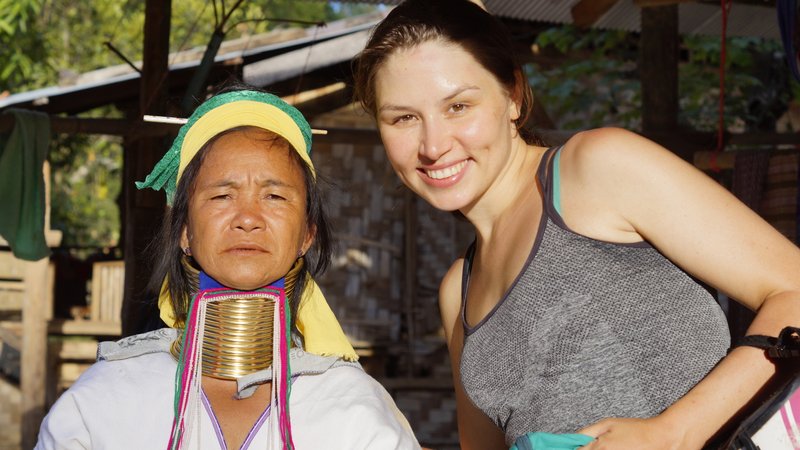
We donated some money and left just before sunset in order to avoid driving the bumpy dirt roads in the dark. Later we learned that there are also other long neck Karen villages in the region which are rather touristy and charge even entrance fee.
Next we are going into the jungle for a two-day trek.
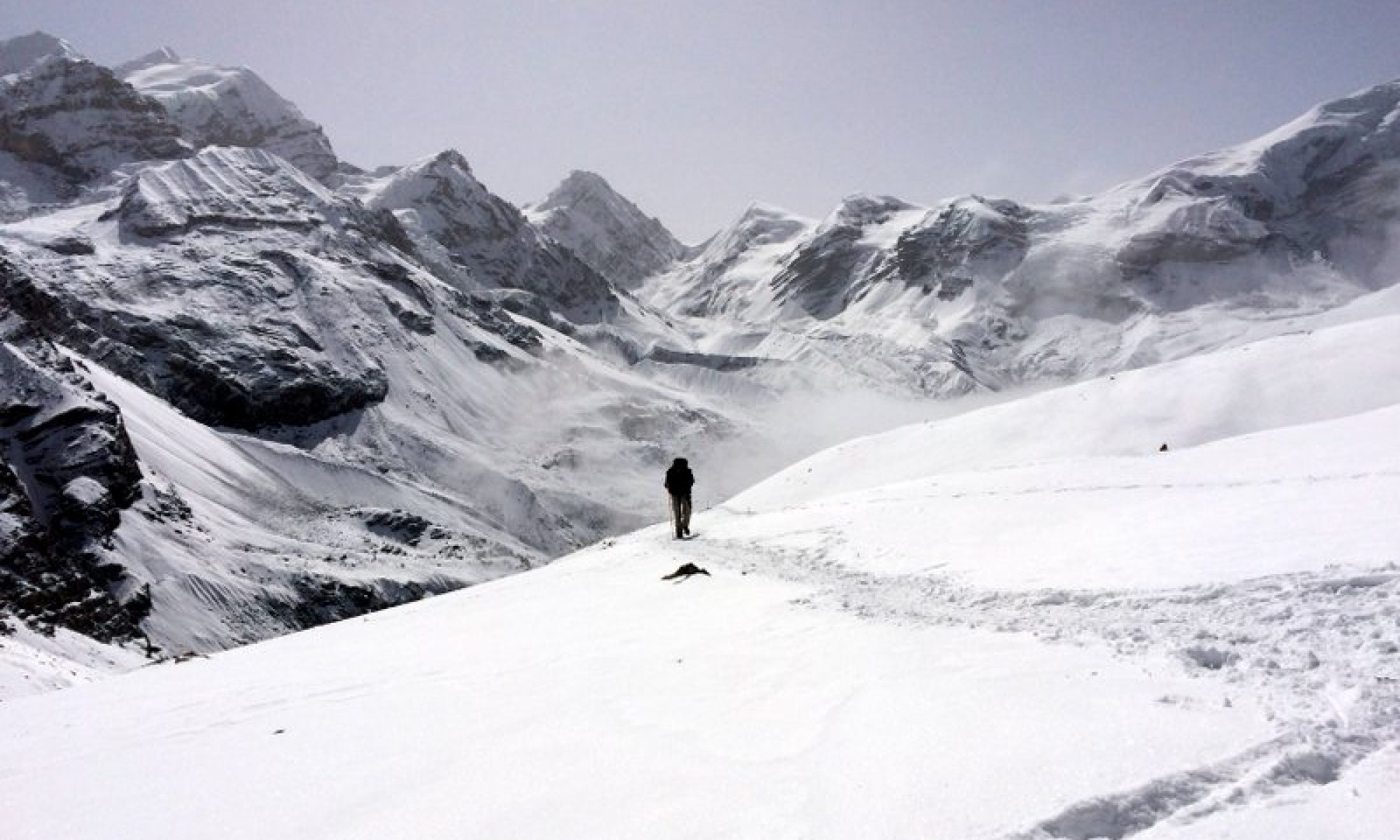
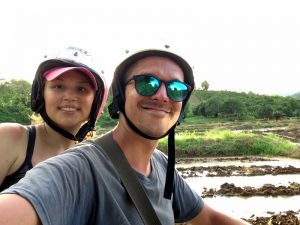
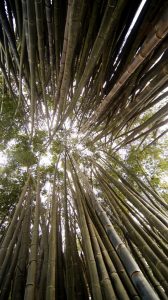
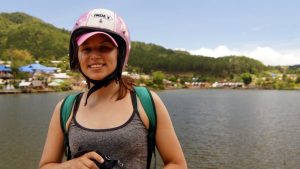
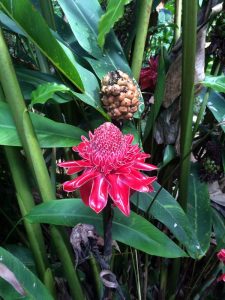
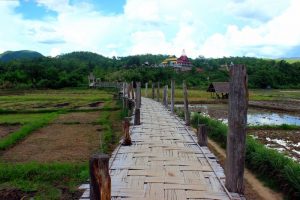
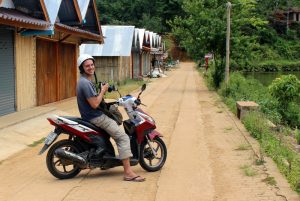
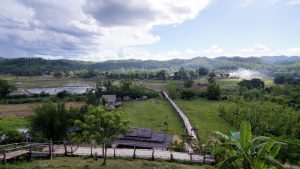
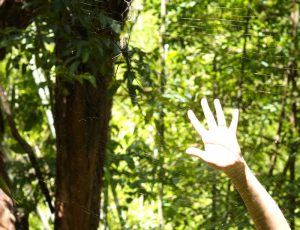
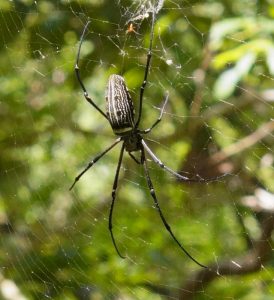
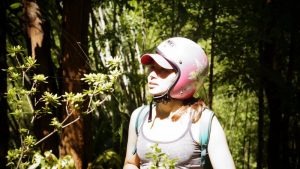
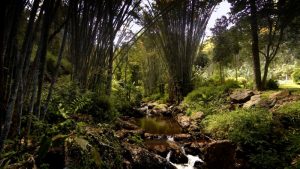
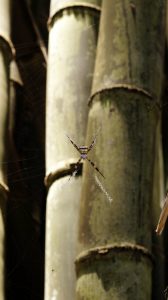
Great post. I was checking continuously this blog and I am impressed! Extremely useful info specifically the last part 🙂 I care for such info much. I was seeking this particular info for a very long time. Thank you and good luck.
Thanks alot! We really appreciate.